HOME & Kitchen
The Best Rowing Machine
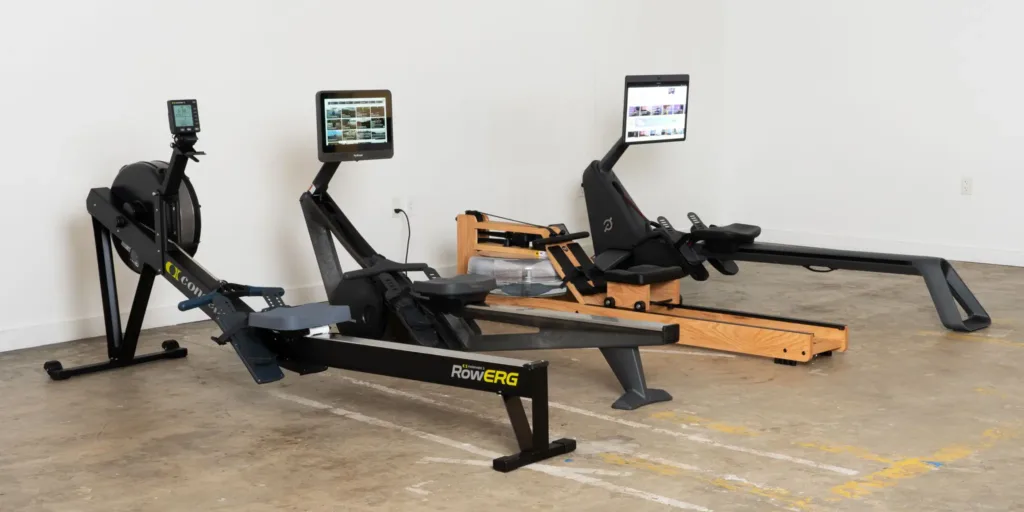
Using a rowing machine isn’t exactly a relaxing or joyful activity, but the full-body benefits it provides are hard to beat.
After testing eight rowing machines—including air-resistance flywheel models, water rowers, and connected options with streaming workouts—we’re confident that the Concept2 RowErg is the best overall rowing machine. For those seeking a quieter experience, the WaterRower Oak Rowing Machine with S4 Monitor is an excellent alternative.
If interactive programming keeps you motivated, both the Hydrow Wave Rower and Peloton Row are strong contenders, though the Wave Rower stands out as the better value overall.
Menu
Everything we recommend
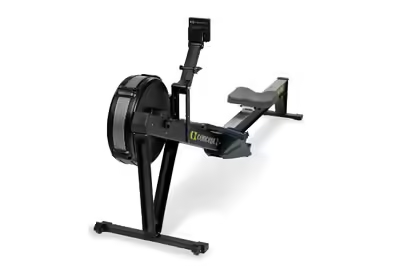
Concept2 RowErg
The best rowing machine
Sturdy, smooth, and equipped with clear metrics on a simple screen, this air-resistance rower is a favorite among both pros and beginners.
The Concept2 RowErg is a staple in gyms, boathouses, and homes for good reason. Its sturdy build, secure foot adjustments, and solid seat deliver a full workout experience. While it’s the noisiest model we tested, it’s also the most durable, with easily available replacement parts.
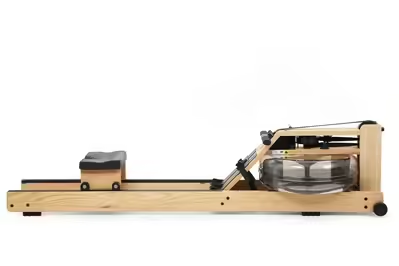
WaterRower Oak Rowing Machine With S4 Monitor
Best for a peaceful row
The WaterRower Oak Rowing Machine is an elegant, quiet option ideal for beginners. Easy to store and emitting only the soothing sound of water, it offers a solid workout, though it feels less like rowing on real water than our top pick.
Who this is for
Rowing provides a full-body workout, making it a great low-impact alternative for cardio or muscle strengthening, especially for the core, arms, legs, and back. Unlike gym cable rowers focused on strength, rowing machines emphasize aerobic fitness. Those with health conditions like heart issues, back pain, or mobility challenges should consult a doctor before using a rower.
How we picked and tested
I spent 12 hours researching and consulting experts to learn about rowing machines, focusing on three main types: air, magnetic, and water rowers.
- Air rowers mimic water rowing with variable resistance but are noisy.
- Magnetic rowers are quiet with consistent resistance but less dynamic.
- Water rowers offer fluid resistance but require more maintenance and space.
Testing eight machines, I evaluated performance, digital monitors, resistance adjustment, noise, foot holsters, and seat comfort, with input from novice and experienced rowers.
Top pick: Concept2 RowErg
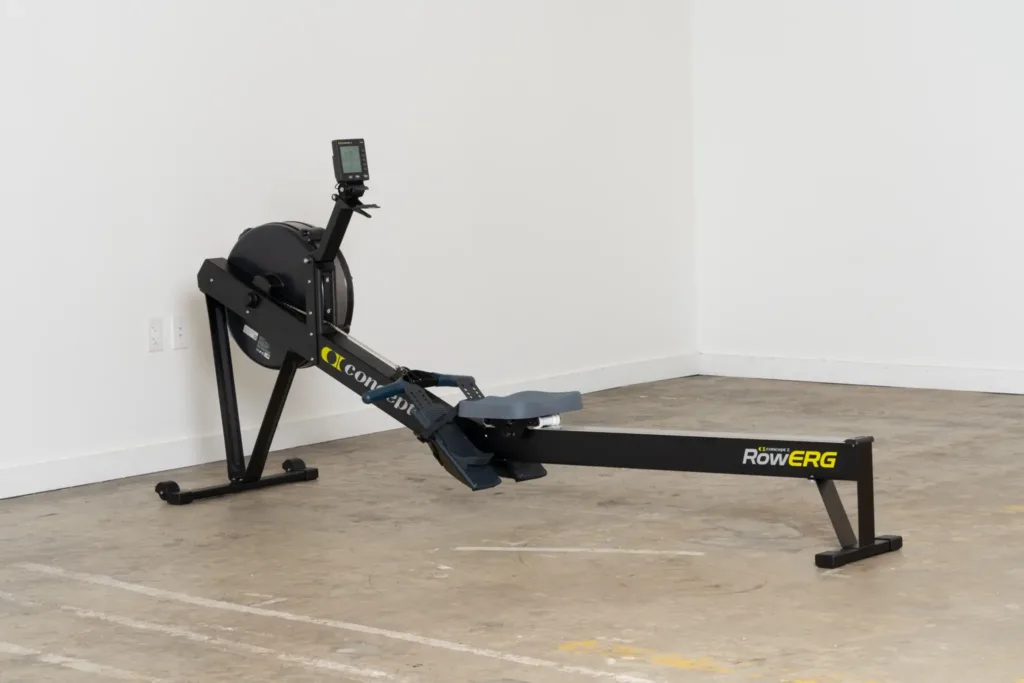
The Concept2 RowErg, created in 1976 by Peter and Dick Dreissigacker, is the gold standard for competitive rowers and delivered the best workout of all models we tested. Unlike sleek, virtual-focused rowers, the Concept2 prioritizes raw energy and grit with its loud flywheel and no-frills design. As one tester put it: “The Concept2 is a hell machine, but it’s the hell machine.”
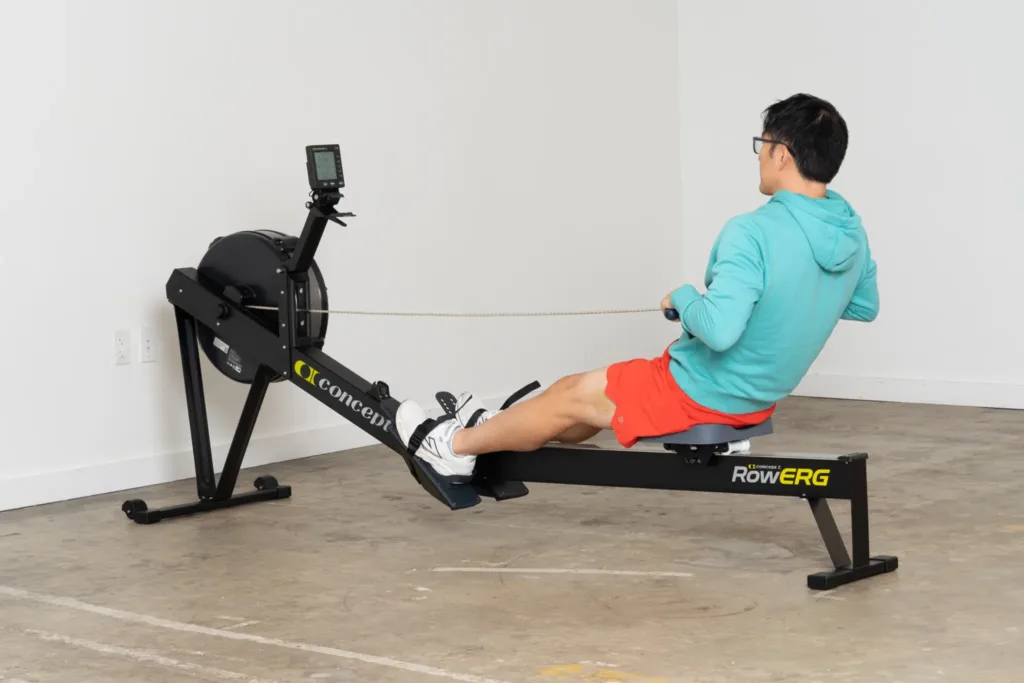
The Concept2 RowErg suits a variety of sizes, with a 54-inch rail accommodating taller rowers and secure foot holsters fitting both large and small feet. Its handle rest is conveniently placed for easy starts and stops. Built to support up to 500 pounds, it offers a comfortable setup, with testers praising its intuitive design and ideal screen height.
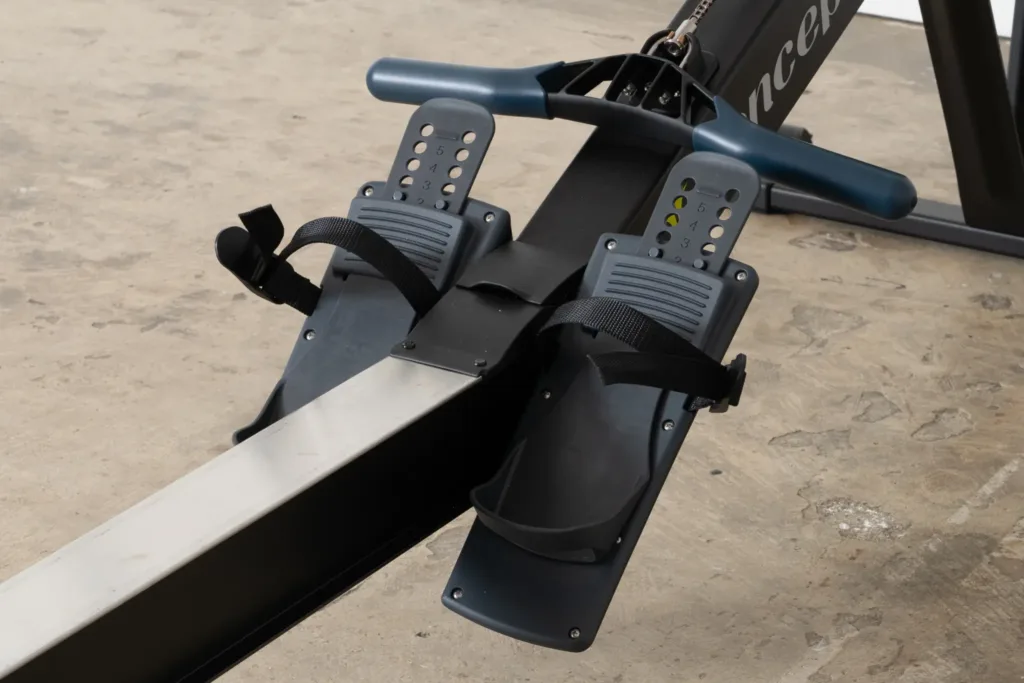
The RowErg’s compact black-and-white screen delivers all essential data clearly. You can jump into a workout with the Just Row option or select a preprogrammed session. Metrics like time, 500-meter splits, and strokes per minute are easy to view, and the display can be customized. Testers found it intuitive, and experts praised its accuracy.
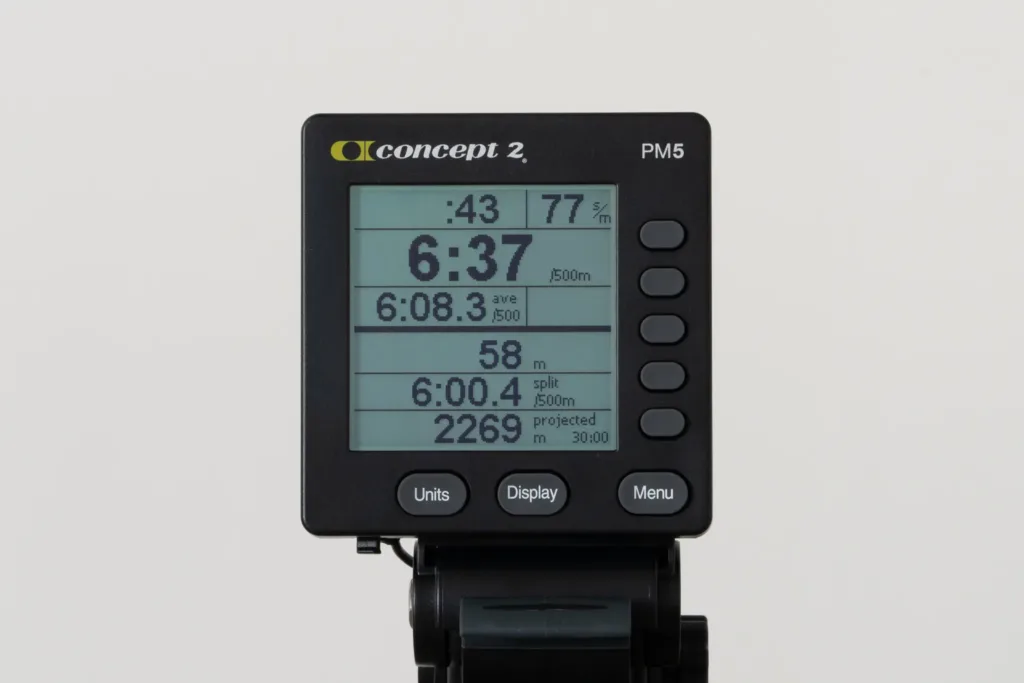
The RowErg’s design offers tangible feedback, with 10 resistance levels that noticeably impact each stroke. Its loud flywheel and steel chain mimic the feel of rowing on open water, enhancing the workout experience. It includes a two-year warranty on parts and monitor, five years on the frame, and easy access to replacement parts and maintenance tips online.
Flaws but not dealbreakers
The RowErg requires you to stop and get off the machine to adjust resistance levels, as the switch is located on the flywheel. It’s also louder than most rowers, though some testers didn’t mind the noise. Wearing earbuds helped block out the sound during workouts.
Best for a peaceful row: WaterRower Oak Rowing Machine With S4 Monitor
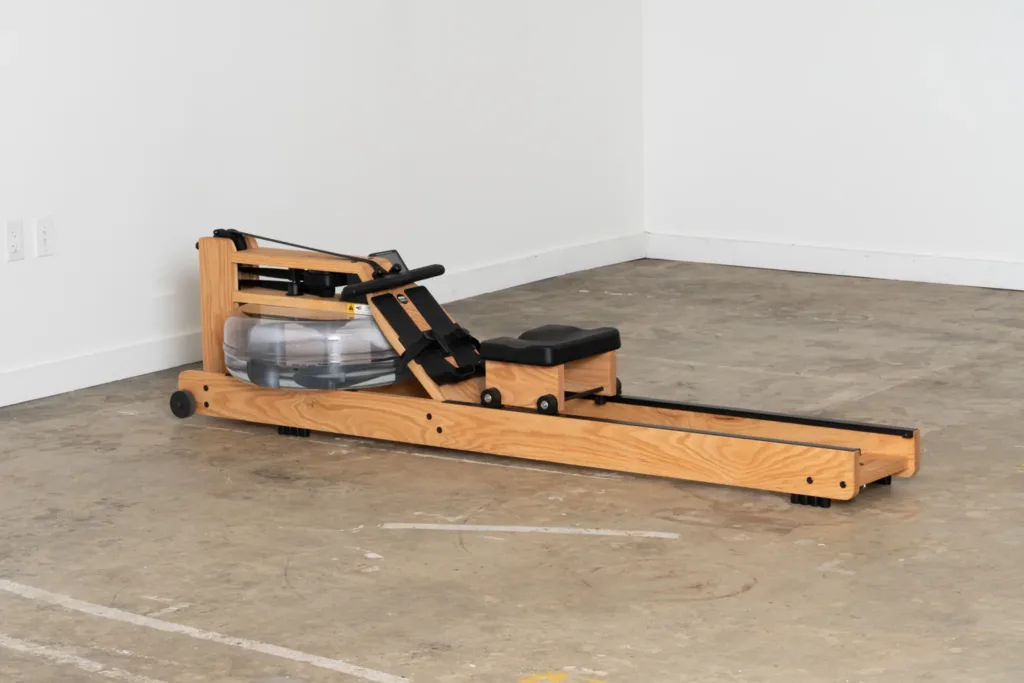
The WaterRower Oak Rowing Machine with S4 Monitor offers a luxurious look and a soothing, meditative rowing experience with its calming water wheel sound. However, experts note that the Concept2 RowErg more accurately simulates on-water rowing, as the WaterRower’s readouts can be skewed.
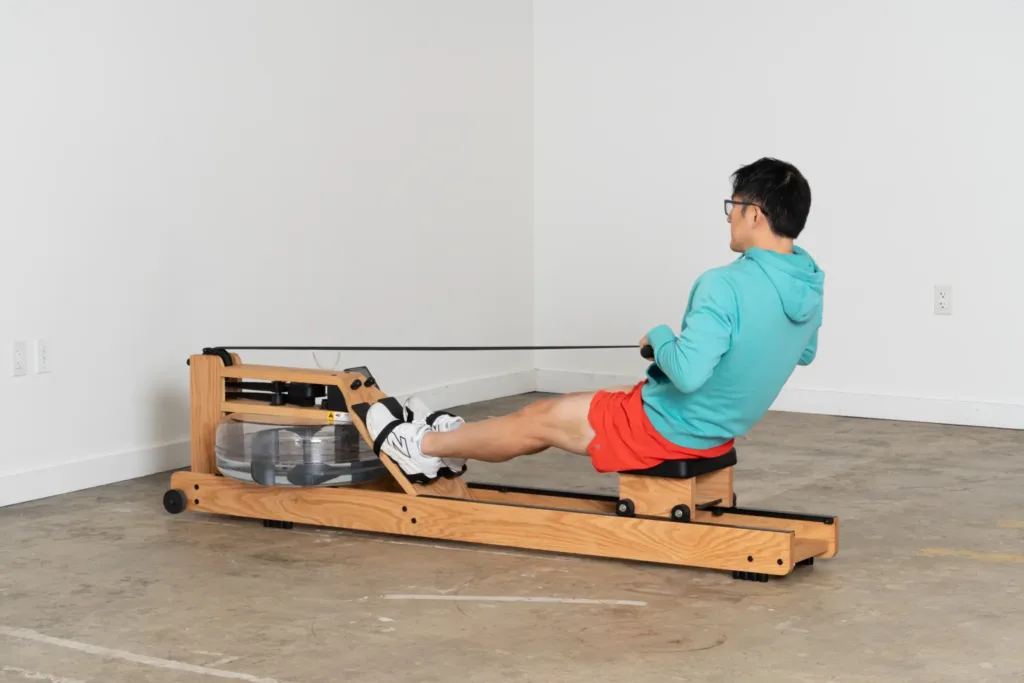
The WaterRower is one of the quietest rowing machines, using water resistance for a calming, almost hypnotic experience. Its secure, adjustable foot holsters prevent slippage, and it’s easy to store upright with its compact design. The oak finish blends well with decor, and it has a 700-pound weight limit, with a one-year warranty and the option for extended coverage.
Flaws but not dealbreakers
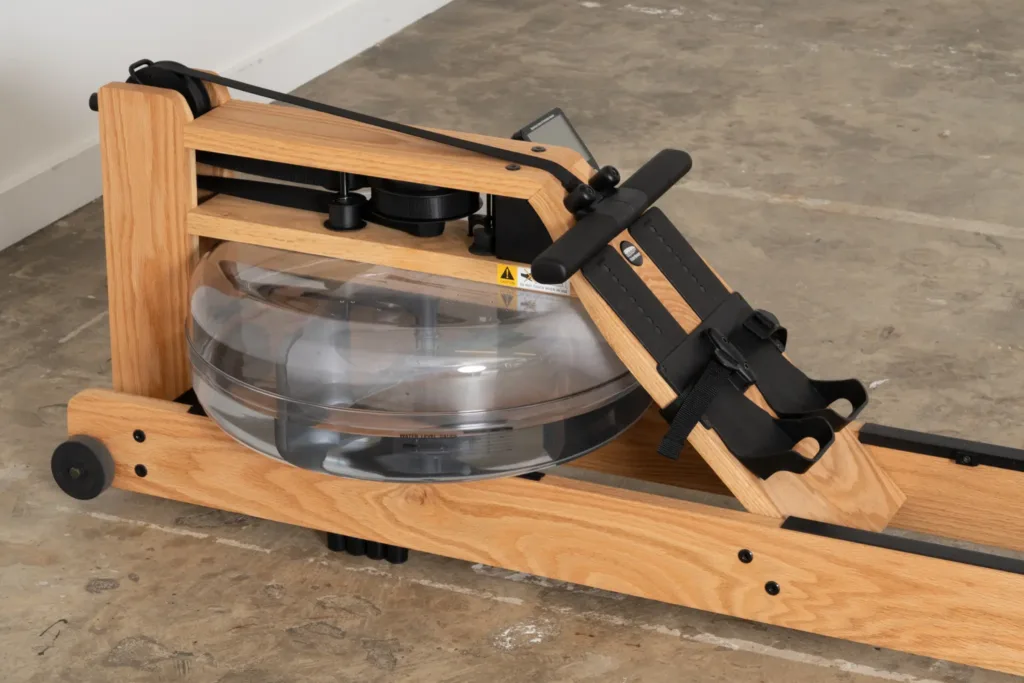
The WaterRower isn’t ideal for serious training or competitive rowing, as it may produce inconsistent results compared to the Concept2 RowErg. It requires additional maintenance, including draining and refilling the water tank and adding purification tablets every few months. For more accurate data, you can purchase the Smart Row system.
Peloton Row vs. Hydrow Wave Rower
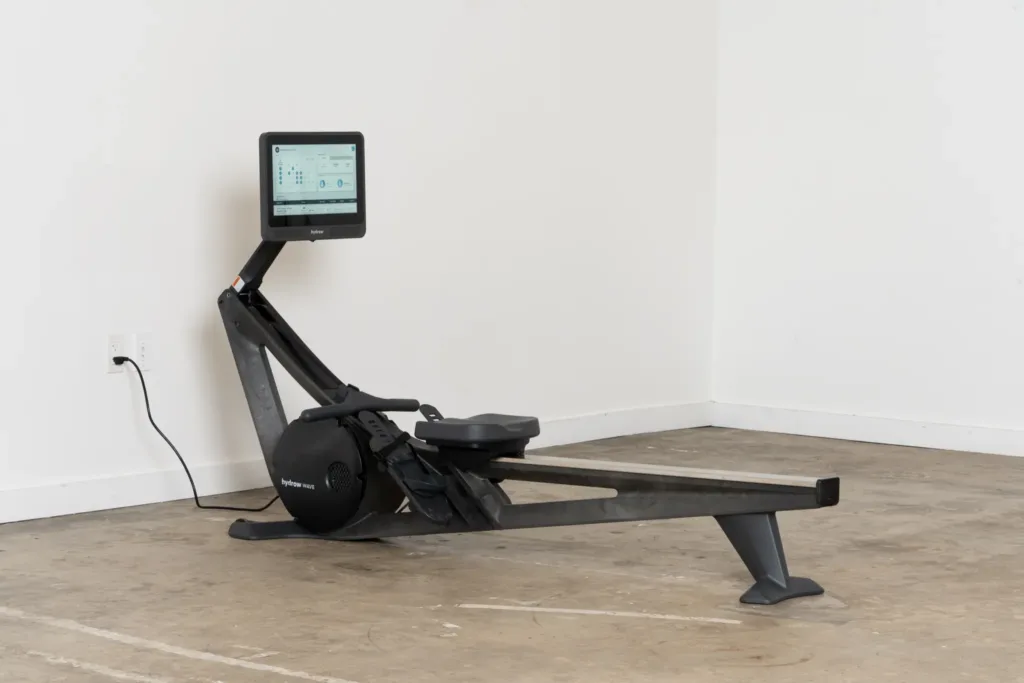
Both the Concept2 and WaterRower are excellent options, but for those who need interactivity to stay motivated, streaming workouts from a phone or tablet may not be enough. If you’re looking for a more engaging experience, the Peloton Row or Hydrow Wave Rower are better choices, though they come with hefty price tags and require a $44/month subscription. The Hydrow Wave Rower ($1,695) offers a smaller footprint and higher weight capacity, while the Peloton Row ($3,295) provides more features, like form correction and entertainment streaming, making it a luxury option.
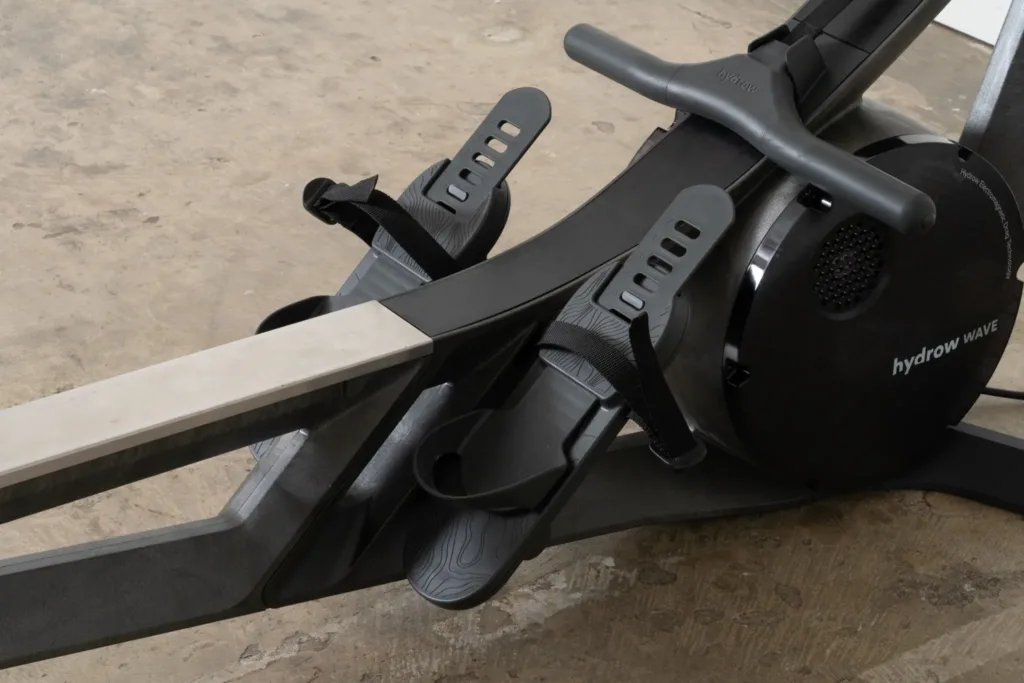
The Hydrow Wave Rower features a 16.5-by-12-inch color screen with interactive workouts, including beginner rows and intense “rage rows.” Testers appreciated the engaging virtual coaches and clean screen design, though some found changing resistance during a workout cumbersome. The electromagnetic resistance is quiet, but a few testers noted an occasional seat noise. At $1,695, the Wave Rower is more affordable than the Peloton Row, with a smaller footprint and a 375-pound weight limit. A $44/month membership unlocks over 5,000 classes, while the Hydrow Core Rower ($1,995) offers 30 self-guided rows without a subscription, with an option to upgrade later.
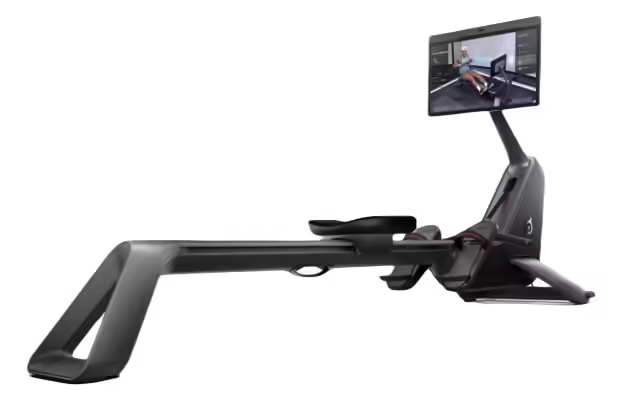
Peloton Row
Immersive experience plus form assistance
This interactive magnetic rower offers subscription-based access to premium programming, but it’s larger and more expensive than similar models.
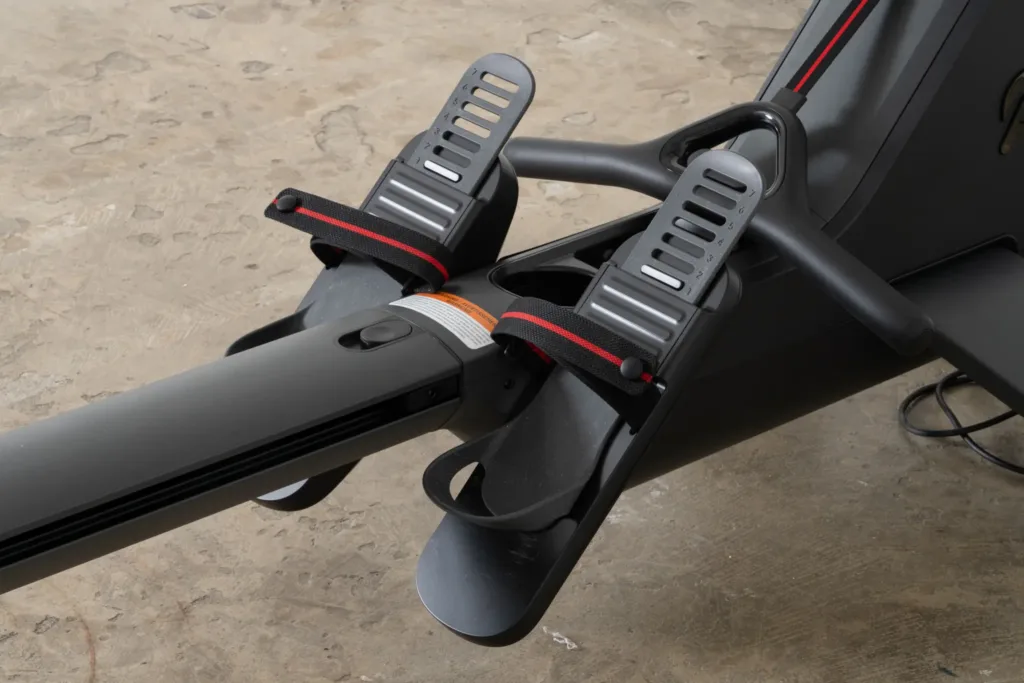
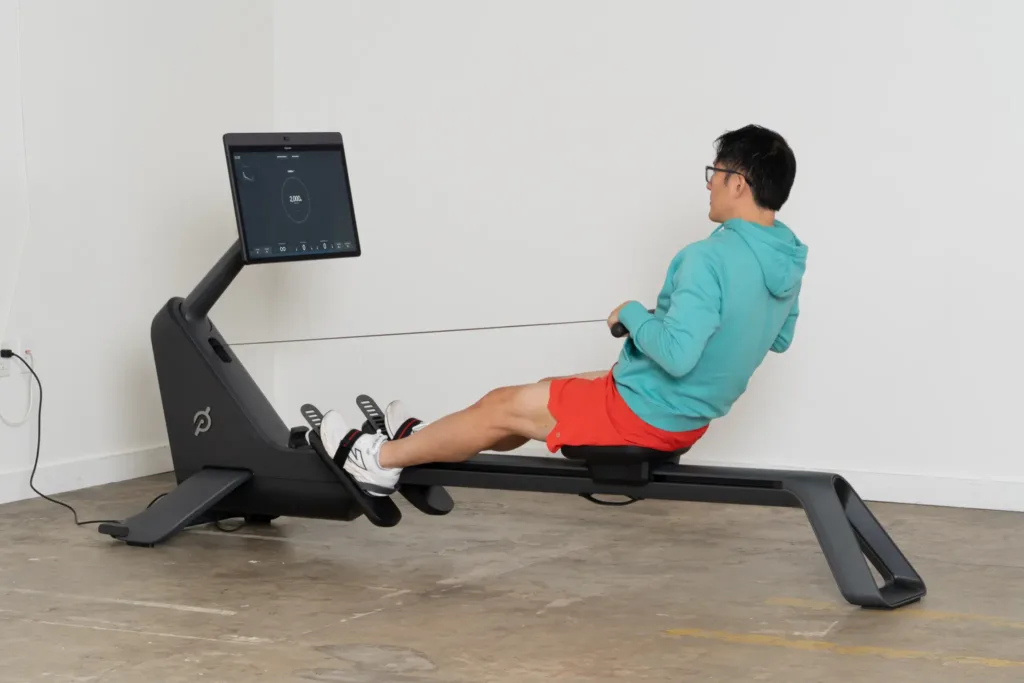
The Peloton Row is ideal for those already in the Peloton ecosystem, wanting form assistance, or desiring entertainment during workouts. It features over 2,000 trainer-led classes and a unique form-assistance feature that uses an avatar to guide your technique. However, it’s larger, heavier, and pricier than the Hydrow Wave Rower, with a 300-pound weight capacity. At 156.5 pounds, it can be stored vertically but is bulky. Some testers noted foot strap issues and a less-than-ideal handle placement. A $44/month membership is required for full access to Peloton’s rowing workouts.
